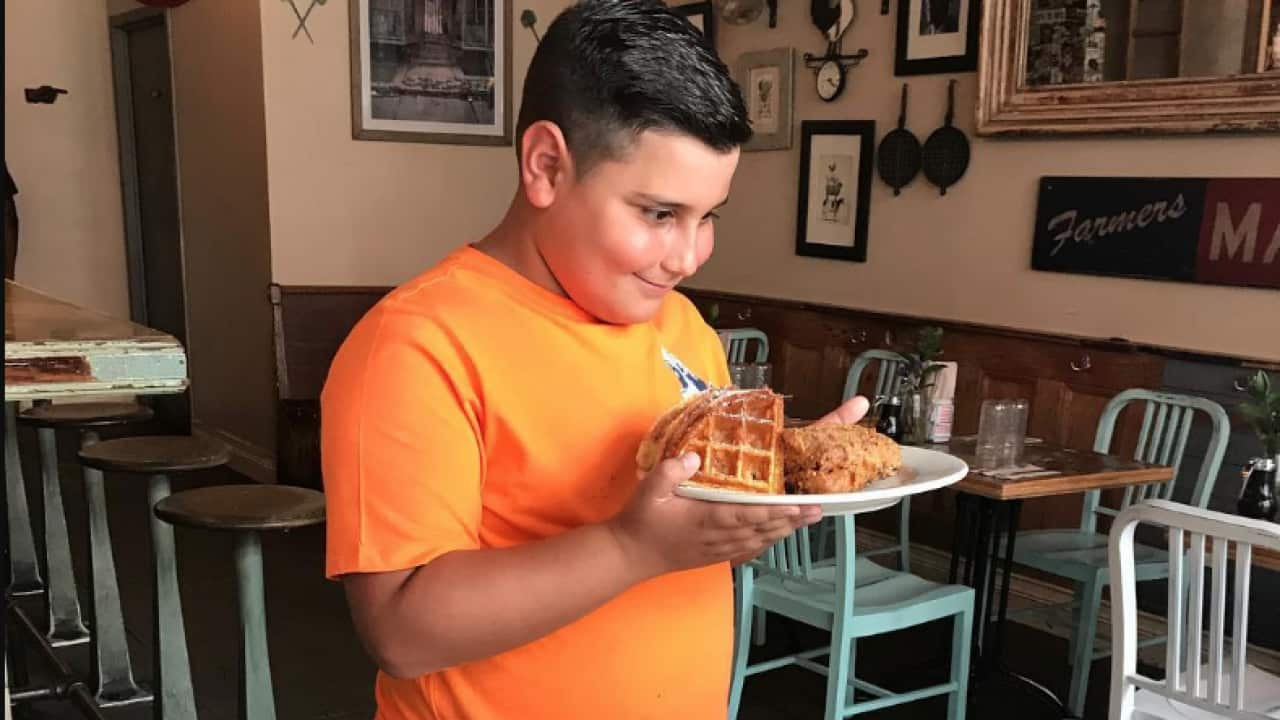The globally recognised, gastronomic face of France is a culturally romantic, historically rich, culinary heaven – from charming bistros on street corners that serve familiar French fare to upmarket promising diners elegant wonders.
Yet beyond the French dining clichés and treasured traditional restaurants, there’s a ‘relatively’ new category of French cuisine offering a modern spin on the , which .
It’s the Parisian-based movement called , which this year. As the brand suggests, Le Fooding establishments are places where you can go to receive a blend of ‘food’ and ‘feeling’ with a trendy twist.
Although it seems like a tough ask to make French venues plug more feeling and passion into their food and drink offerings, Le Fooding’s system of categorisation makes it clear-cut.
Firstly, to be deemed a Le Fooding venue, you’ve got to be recognised by a respected overseeing body in France’s new hospitality world. That also means being listed in the Le Fooding guide, which divvies up a long list of inventive hospitality genres to classify Le Fooding establishments.
“You don’t find the big traditional restaurants in the Le Fooding guide – you find only modern ones,” says Galian Emery, a sous-chef working at the , in Paris’ 10th arrondissement.
“Thanks to Le Fooding, we now have different categories of dining and drinking. You can also choose what type of environment you want to eat that food in, and what category of people you want to meet. For example, there’s a Le Fooding category that is ‘I want to be seen’. You can also choose between a low-price or [higher-cost] place to go, where you’ll get good quality food and wine.”
, giving clearly defined titles to establishments around France (particularly in Paris): think "biggest crush of 2018", "best restaurant", "best Greek sandwich", "best pizza", "best dive", "best décor" and "best bar d’auteur" (author’s bar).
You don’t find the big traditional restaurants in the Le Fooding guide – you find only modern ones.
This year, Eels Restaurant picked up the award for " meaning the ‘best sophisticated little bistro’. Part of the restaurant’s : “Conjugated in the present tense of trendy by the interior designer Pascale Perrier (unfinished walls, red bricks, a stormy blue façade, vintage tiling), the restaurant ticks off all the necessary boxes for a Parisian faubourgeois affaire: polished recipes, well-sourced ingredients, unadulterated wines and zero nonsense.”
“We have the highest type of restaurant that Le Fooding references. It’s like having one or two Michelin stars,” Emery says.
The 24-year-old chef adds that Le Fooding is also the career recognition of choice for a young generation of French chefs, aged between 20 and 35 – not the Michelin star.
“For us, the Michelin star is a bit archaic and it’s too much trouble. We don’t want to have pressure in the kitchen or have anyone shouting. We are trying to make a new generation of chefs. People are happy in the kitchen. We are not stressed out and we don’t work as much as we used to. It’s a different atmosphere to a Michelin-star restaurant.”
The irony is that Le Fooding was initially created to be a sort of the antithesis of the Michelin-star rating system and help young hospitality workers shake off the shackles of stifling food traditions.
But last year, Michelin Group purchased a in Le Fooding. On its website, Le Fooding this new relationship with “the international gold standard of restaurant guides whom we sometimes treated a bit harshly, sparred with often (an attempt to mark our alternative-territory), but always respected".
Even still, Emery says young chefs like himself are turning their back on the Michelin-star system because they have a Le Fooding recognition to aim for.
“All of our working life [before here], we spent working in Michelin-star restaurants – it’s a lot of pressure,” he says. “Diners come to a Michelin-star restaurant with something in mind already, and when you cannot follow the image of what they have in their mind on the plate with what you serve, then they are really disappointed.”
“Here, at our restaurant, people just come to eat. They know our [food] will be good, but they are not expecting anything specific. And most of the time, they are really happy and they get a good surprise. We always prefer to give diners a good surprise.”
Have we got your attention and your tastebuds? airs every weeknight at 6pm on SBS followed by an encore screening at 9.30pm on SBS Food Network. Episodes will be available after broadcast via . Join the conversation #TheChefsLine on Instagram , Facebook and Twitter . Check out for episode guides, cuisine lowdowns, recipes and more!
Everyone's a critic

This 11-year-old kid might be the youngest food critic in NYC





